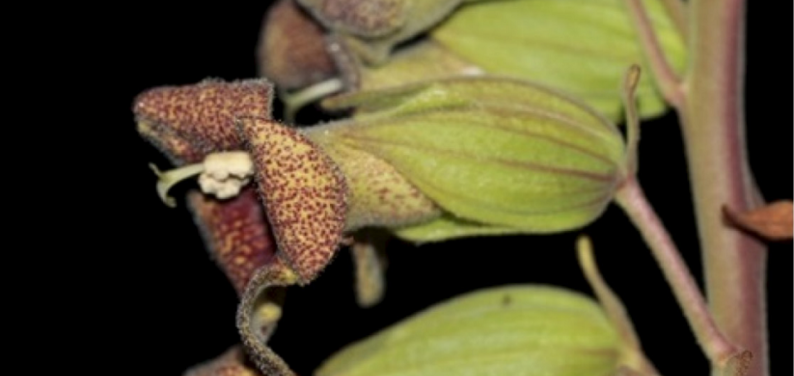The species at risk is the Viscid holoregmy. She is populare but known as São Cipriano herb or culhão-de-bode .
ADVERTISING
The research tracked the plant, which is restricted to the Caatinga biome, over the last few thousand years, and projected some climate scenarios for the next 80 years.
The researchers used a method known as predictive species distribution modeling, which uses several algorithms and environmental variations to predict how the species will be in a certain period of time.
For the modeling, several past periods were considered, including the Holocene and the Pleistocene, and gifts too.
ADVERTISING
- Holocene is the most recent geological epoch that is part of the Neogene Period and extends from 11.500 years to today.
- Pleistocene it began about 1.750.000 years ago and ended approximately ten thousand years ago.
In other words, the past and the present came together to “see” the future scenarios of various climate changes.
The study concluded that, despite the gender Holoregmy Being only from the Caatinga, the extinction of the species could occur in less than a century given a worsening of the global climate situation.
According to the research, the chances of extinction of the species depend on the future scenario evaluated, with the determining factor being the level of emission of gases that contribute to global warming.
ADVERTISING
In the worst of the evaluated scenarios, in which the use of fossil fuels and the emission of these gases continues to increase, an estimated drastic reduction of the species by 2060 and extinction within 20 years later.
Do you know the species?

Known as St. Cyprian herb ou goat's ass, little is known about the scientific aspects of Viscid holoregmia. It has a known occurrence only in the south of Bahia and received its scientific name in 1821. After that, the plant spent more than 150 years without being scientifically documented, but in 1980, botanists from Bahia collected new samples of the species and stored it in a herbarium, which is a scientific collection for storing and documenting samples of plant species.
Only in 2005 were samples that had been documented since 1983 recognized as belonging to this species and it was better documented from a morphological point of view. Since then, scientific knowledge about the species has advanced little.
ADVERTISING
A search it also serves to seek to understand how climate change affects the Caatinga as a whole.
Read more:

Receive news and newsletters do Curto News by Telegram e WhatsApp.





